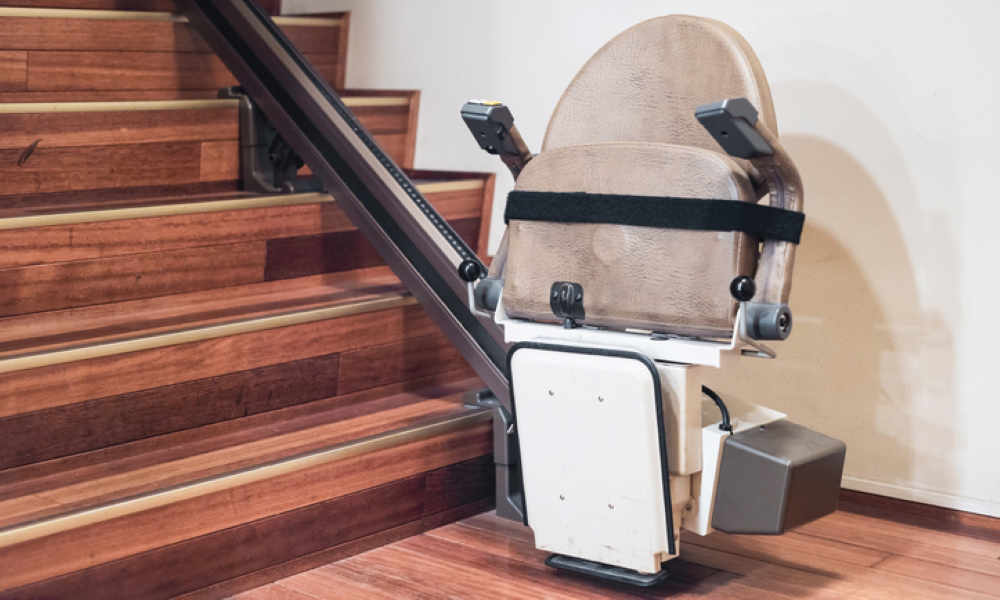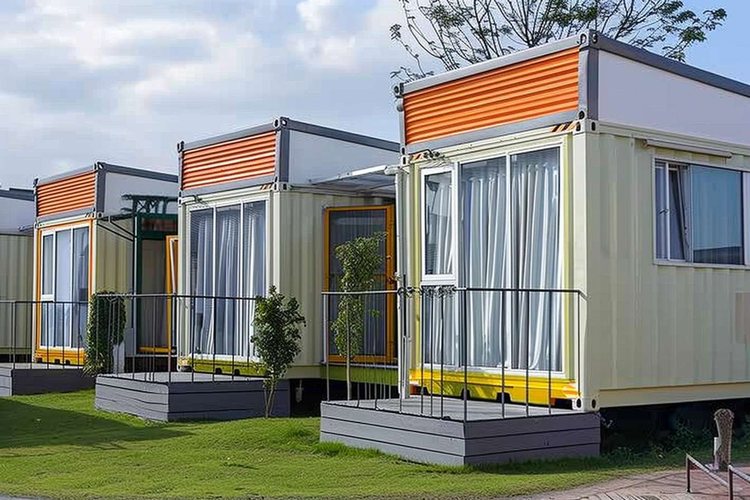Stair Lifts: Safe and Comfortable Mobility at Home
Stair lifts provide an effective solution for people who have difficulty using stairs, allowing them to move safely and independently within their homes. In the UK, various models are available, designed to fit different staircases and home layouts. Modern stair lifts combine safety features, comfort, and ease of use, helping to maintain mobility and improve quality of life without major home modifications.

Understanding Stair Lift Systems
A stair lift is a motorized chair or platform that travels along a rail mounted to the stair treads. The system consists of several key components: the track (or rail), the carriage (which houses the motor and batteries), the seat, and the controls. Modern stair lifts typically run on rechargeable batteries that automatically recharge when the lift is parked at a charging station, usually positioned at the top or bottom of the stairs. This battery backup ensures the lift remains operational even during power outages, providing peace of mind for users.
Most contemporary models feature folding seats, armrests, and footrests, allowing for compact storage when not in use. This design consideration is particularly important for households where multiple people use the stairs, as it minimizes obstruction of the stairway. Advanced safety features such as obstruction sensors, seatbelts, and lockable swivel seats have become standard in quality stair lift systems.
Enhancing Home Mobility for Various Needs
Stair lifts address a wide spectrum of mobility requirements, accommodating individuals with diverse conditions including arthritis, post-surgical recovery, balance disorders, heart conditions, and general age-related mobility challenges. The primary benefit is allowing users to conserve energy and avoid the physical strain of climbing stairs, which can be particularly taxing for those with respiratory or cardiovascular conditions.
Beyond merely facilitating movement between floors, these devices significantly reduce fall risks—a leading cause of injury among older adults. By eliminating the need to navigate stairs independently, stair lifts provide crucial protection against potentially serious accidents. This enhanced mobility also supports aging in place, allowing individuals to remain in their homes longer rather than relocating to single-level accommodations or assisted living facilities.
Safety Features of Modern Stair Lifts
Today’s stair lifts incorporate numerous safety mechanisms designed to protect users during operation. Pressure-sensitive edges detect obstacles on the stairs and automatically stop the lift to prevent collisions. Safety sensors positioned around the footrest and carriage provide additional protection by detecting items that might cause obstructions during travel.
For user security while mounting or dismounting, many models feature swivel seats that lock into position, creating a safe transfer point away from the stairs. Retractable seat belts provide additional stability during travel, while constant-pressure controls ensure the lift only operates when the user actively engages the control mechanism. Emergency stop buttons offer immediate halting capability if needed, and battery backup systems guarantee functionality during power failures—a critical feature for users who might otherwise be stranded on an upper floor.
Customization Options for Different Staircase Designs
Stair lifts are adaptable to various staircase configurations, including straight, curved, spiral, and outdoor stairs. Straight stair lifts are typically less expensive and easier to install, utilizing a single, straight track that runs directly up the staircase. For homes with landings, turns, or curved staircases, custom-curved rail systems can be manufactured to follow the precise contours of the stairway, though these typically come at a higher cost due to their bespoke nature.
Outdoor stair lifts feature weather-resistant components and protective covers to withstand environmental exposure. These specialized units incorporate sealed components, rust-resistant materials, and heating elements to ensure reliable operation in various weather conditions. Regardless of staircase type, professional assessment is essential to determine the appropriate lift model, as factors such as stair width, angle, and user weight requirements must be carefully evaluated.
Installation and Maintenance Considerations
Professional installation is strongly recommended for stair lifts to ensure proper functionality and safety. The installation process typically takes between 3-5 hours for straight staircases and 1-2 days for curved configurations. Contrary to common misconceptions, installation rarely requires structural modifications to the home, as the track attaches directly to the stair treads rather than the wall.
Regular maintenance is essential for optimal performance and longevity. Annual professional inspections are recommended to check rail alignment, battery condition, motor functionality, and safety features. Basic owner maintenance includes keeping the track clean of debris, ensuring moving parts remain unobstructed, and checking that charging stations maintain proper connection. With proper care, quality stair lifts typically last 10-15 years, with batteries requiring replacement every 1-3 years depending on usage patterns.
Cost and Financial Assistance Options
Stair lift pricing varies significantly based on staircase configuration, features, and brand. Straight stair lifts typically range from $2,000 to $5,000 installed, while curved models can cost between $8,000 and $15,000 due to custom manufacturing requirements. Outdoor models generally command a premium of 15-30% over comparable indoor units due to weatherproofing features.
| Stair Lift Type | Price Range (Installed) | Key Factors Affecting Cost |
|---|---|---|
| Straight Indoor | $2,000 - $5,000 | Staircase length, seat features, brand |
| Curved Indoor | $8,000 - $15,000 | Number of curves/turns, customization, length |
| Outdoor Straight | $3,500 - $6,500 | Weather resistance features, staircase length |
| Outdoor Curved | $10,000 - $16,000 | Custom curves, weatherproofing, length |
| Standing/Perch | $3,000 - $7,000 | Weight capacity, customization needs |
Prices, rates, or cost estimates mentioned in this article are based on the latest available information but may change over time. Independent research is advised before making financial decisions.
Financial assistance may be available through various channels. Medicare typically does not cover stair lifts, considering them “home modifications” rather than medical equipment. However, some Medicare Advantage plans may offer partial coverage. Medicaid Home and Community Based Services waivers in certain states can provide funding, as can Veterans Administration programs for qualifying veterans. Some states offer home modification grants for seniors or individuals with disabilities, and various non-profit organizations provide financial assistance programs worth investigating.
Supporting Long-term Independence
Stair lifts represent more than just mobility equipment; they embody independence and dignity for users. By facilitating safe movement throughout the home, these devices allow individuals to maintain their daily routines without relying on caregivers for stair navigation. This autonomy contributes significantly to psychological well-being by preserving self-sufficiency and reducing dependency concerns.
The decision to install a stair lift often represents a proactive approach to aging in place—allowing individuals to remain in familiar surroundings rather than relocating due to accessibility concerns. This continuity of residence carries substantial emotional benefits, preserving community connections and the comfort of familiar environments. While the initial investment may seem significant, when weighed against alternatives like residential relocation or long-term care, stair lifts often represent both an economical and emotionally beneficial solution for maintaining quality of life at home.




